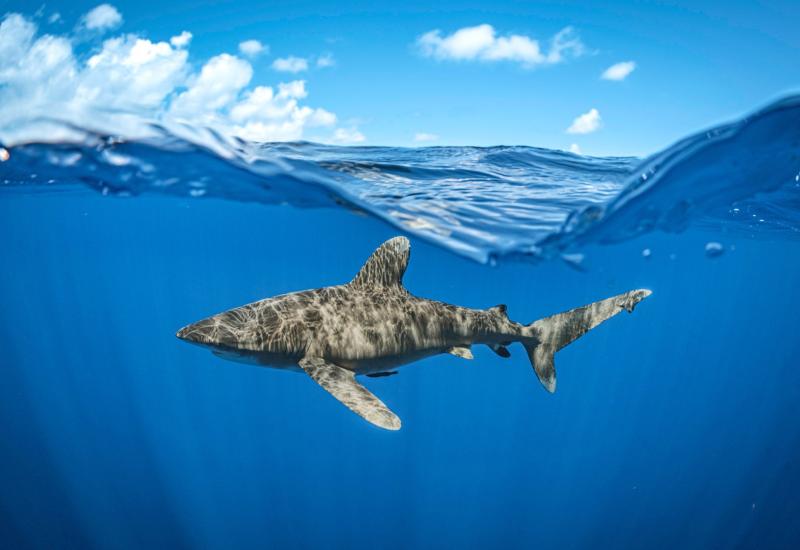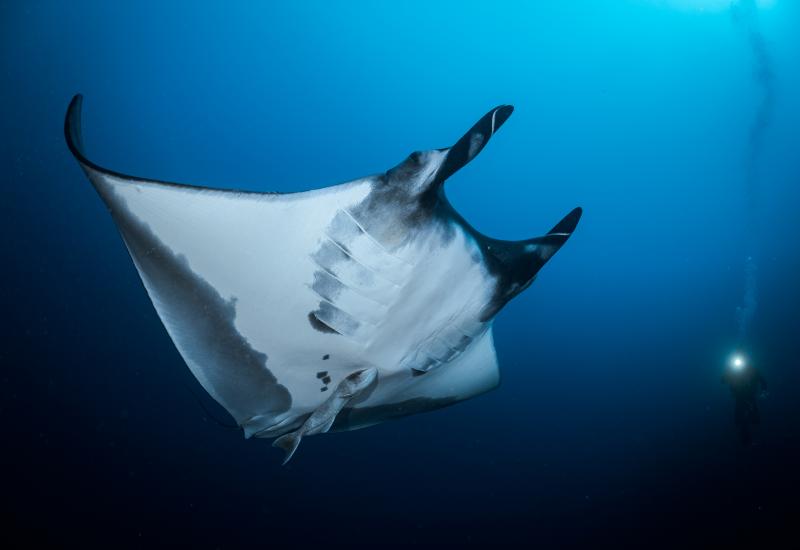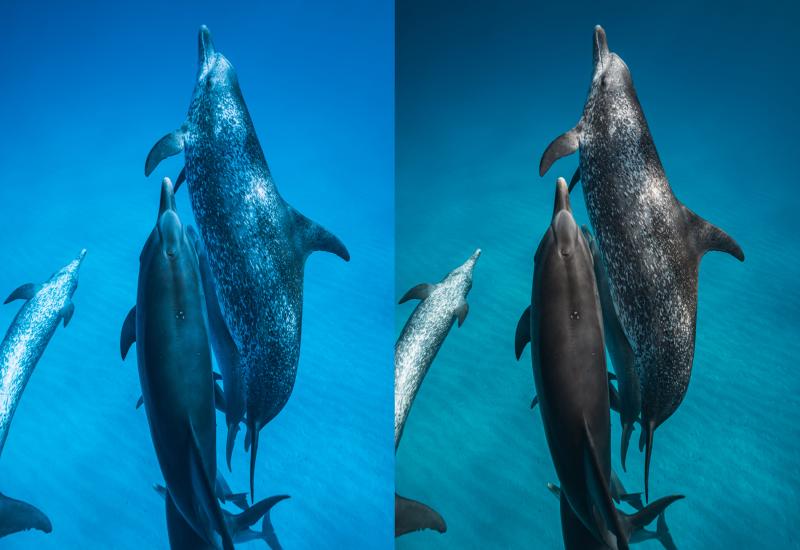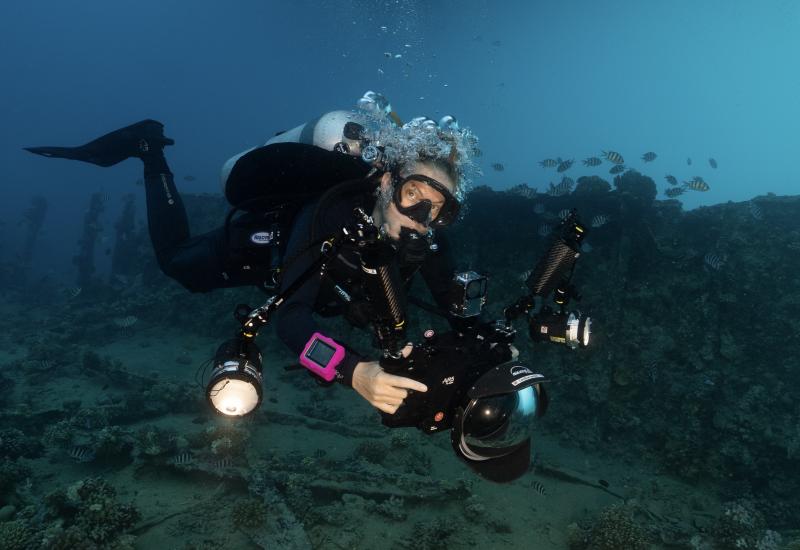How to Use a Video Tripod in Underwater Photography
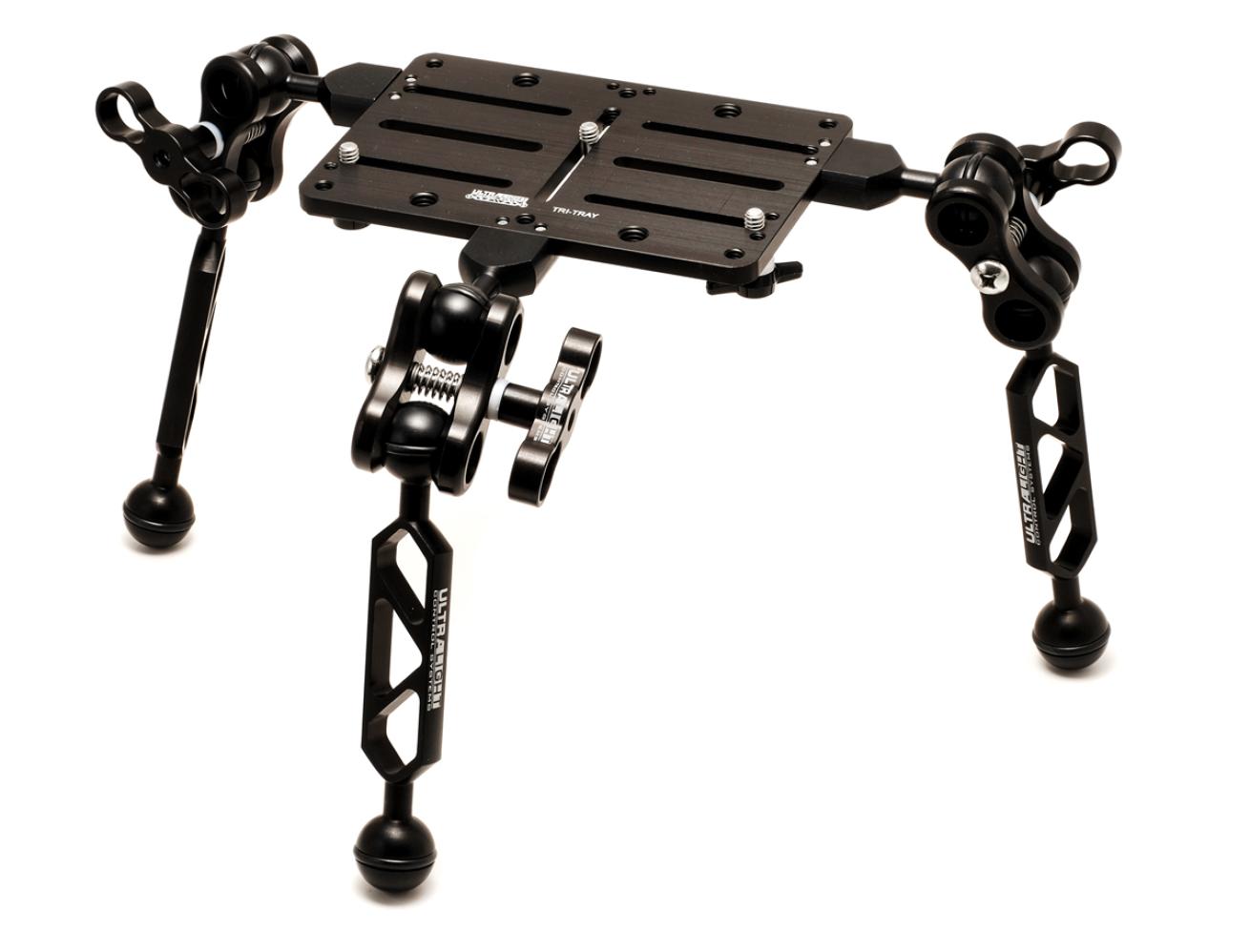
UltraLight Control SystemsUse of a video tripod will help frame the subject and eliminate camera movement.
Marine-life films inspire millions to jump in and explore the ocean. As you would expect, every shot is carefully crafted with specialized equipment.
An underwater video tripod is one of the tools used to help create professional imagery. A tripod can be used to create stable macro video, to emphasize movement, create time-lapses and much more. Below are some of the ways a tripod will take your video to the next level.
Macro Video
Most video shooters know that any movement of the camera in relation to the subject is magnified on the screen. Hand-holding the camera for a macro shot results in too much movement, even when using image stabilization. Use of a video tripod will help frame the subject and eliminate camera movement. This delivers still footage and helps the camera’s autofocus system maintain focus while emphasizing subtle movements of the subject.
Time-Lapses
Basic nature time-lapses require the camera to remain in place over a long period of time. Simply compose the scene on the tripod and begin shooting the time-lapse. You might even be able to swim off to explore the reef or do some modeling for your dive buddy while your camera clicks away in the background.
Pro Tip: Most video tripods are made of aluminum, which will make your camera system heavier underwater. You can add floats to offset some of this weight while ensuring there is enough negative buoyancy for the rig to remain stable on the bottom. Never place tripod legs on coral, sponges or other living organisms.

